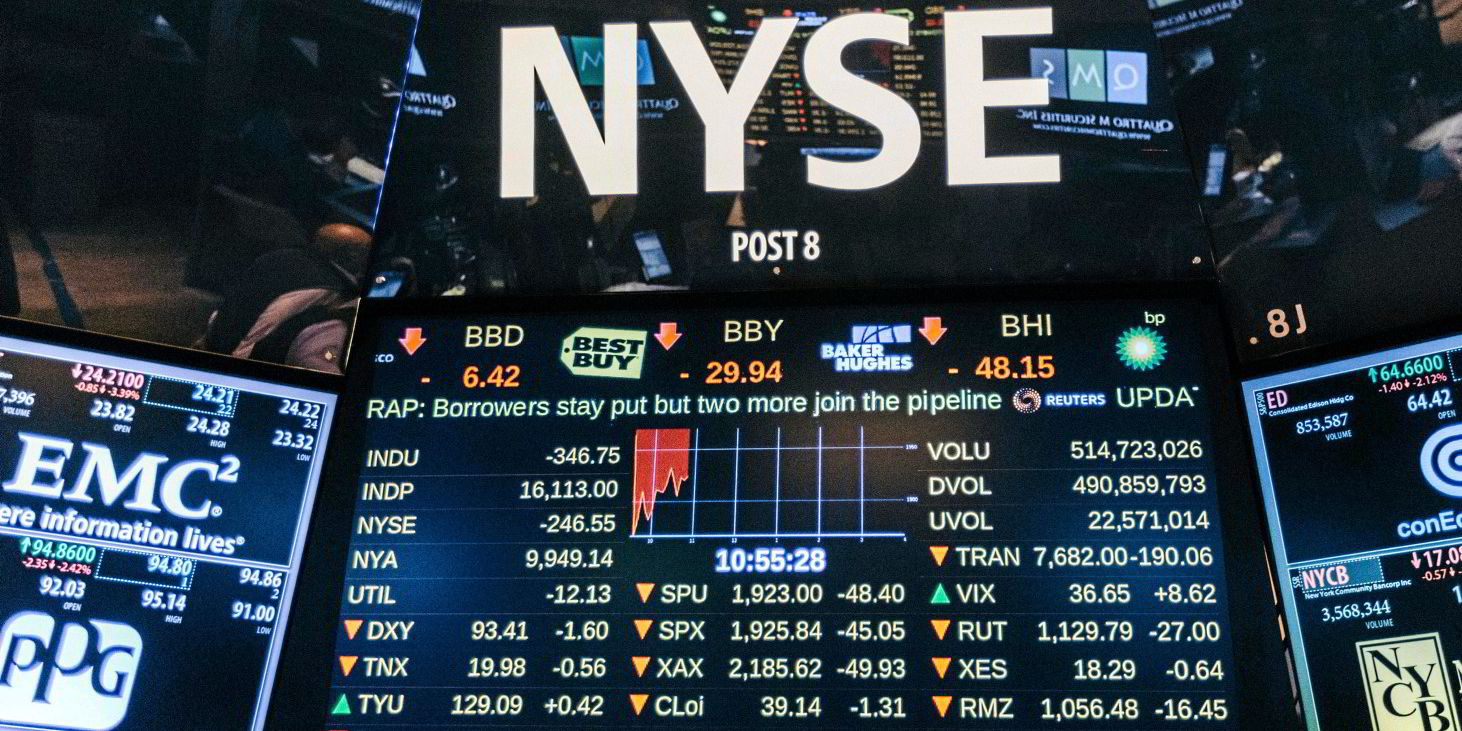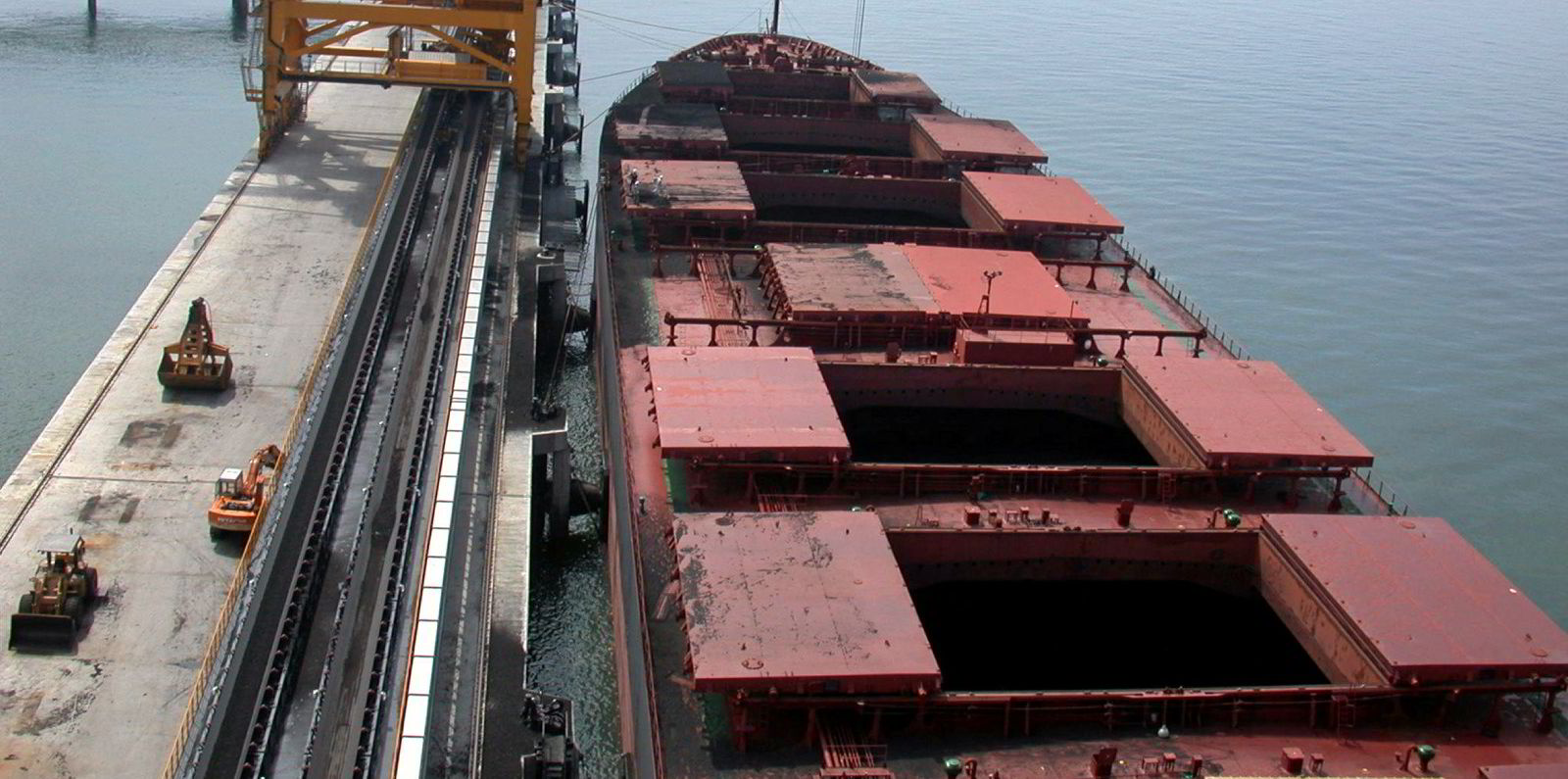A capesize bulker market that has been hurtling towards the heavens may soon return to Earth amid slowing demand for iron ore, according to market experts.
The capesize 5TC, a spot-rate average weighted across five key routes, has doubled over the past month to 2008 levels, coming in at $79,535 per day on Tuesday after falling 3.8%.
It has soared amid a combination of high demand and port congestion, but a return to rates as high as almost $234,000 per day in June 2008 is highly unlikely, experts believe.
"I might be a party spoiler here, but although $200,000 is a plausible scenario, I do not think it is a possible one," John Kartsonas, founder of asset-management advisory firm Breakwave Advisors, told TradeWinds.
"In fact, I am in the camp that sees a possible correction in spot capesize rates over the next few weeks, and where we stop is difficult to pinpoint at this stage."
Capesize supply is certainly low amid pending environmental regulations, he said, but commodity demand is insufficient to push rates even further.
"The difficult question is how much coal trading can increase to make up for a softer iron ore market, and that is difficult to answer as it relies a lot on weather and energy policies around the globe," he said.
The capesize spot market may fall over the next few weeks to a "higher low" amid support from improving rates in the smaller segments, he said.
A 50% drop coming?
Rates may fall 50% by December as commodity prices stay high and demand starts falling amid limited coal supplies and China's plans to curb steel output, Breakwave Advisors said in a report on capesize rates.
"But as one can easily understand, it is not the overall supply of the global fleet that is lagging behind demand — at least not yet," it added.
"It is the bottlenecks across the supply chain that are causing freight prices to spike. There are enough ships around, just not in the right spots."
About 2,400 bulkers are at anchorage outside numerous ports worldwide, waiting for a berth to become available so that they can unload cargo, according to Vessels Value.
Braemar ACM Shipping does not guess on spot rates in such a volatile market, but firm demand and supply-chain disruption could send them higher, said dry cargo analyst Nick Ristic.
"On the flip side, it could only take a small pullback for owners to lose their nerve and concede a drop in rates," he told TradeWinds.
In the meantime, port congestion due to pilot shortages and clearance delays continue to fuel market uncertainty, he said.
China's unstable property and construction market and plans to curb steel output for environmental reasons may also weigh down rates, according to Athens broking house EastGate Shipping.
Iron-ore prices' tumble to about $130 per tonne from almost $220 per tonne in mid-July may also damage demand, but they are still high enough to keep miners interested in selling as much as possible, it said in a report.
High demand for coal in China and India may benefit capesize rates, but Chinese property developer Evergrande's debt problems could indirectly offset any gains by hurting steel demand.








